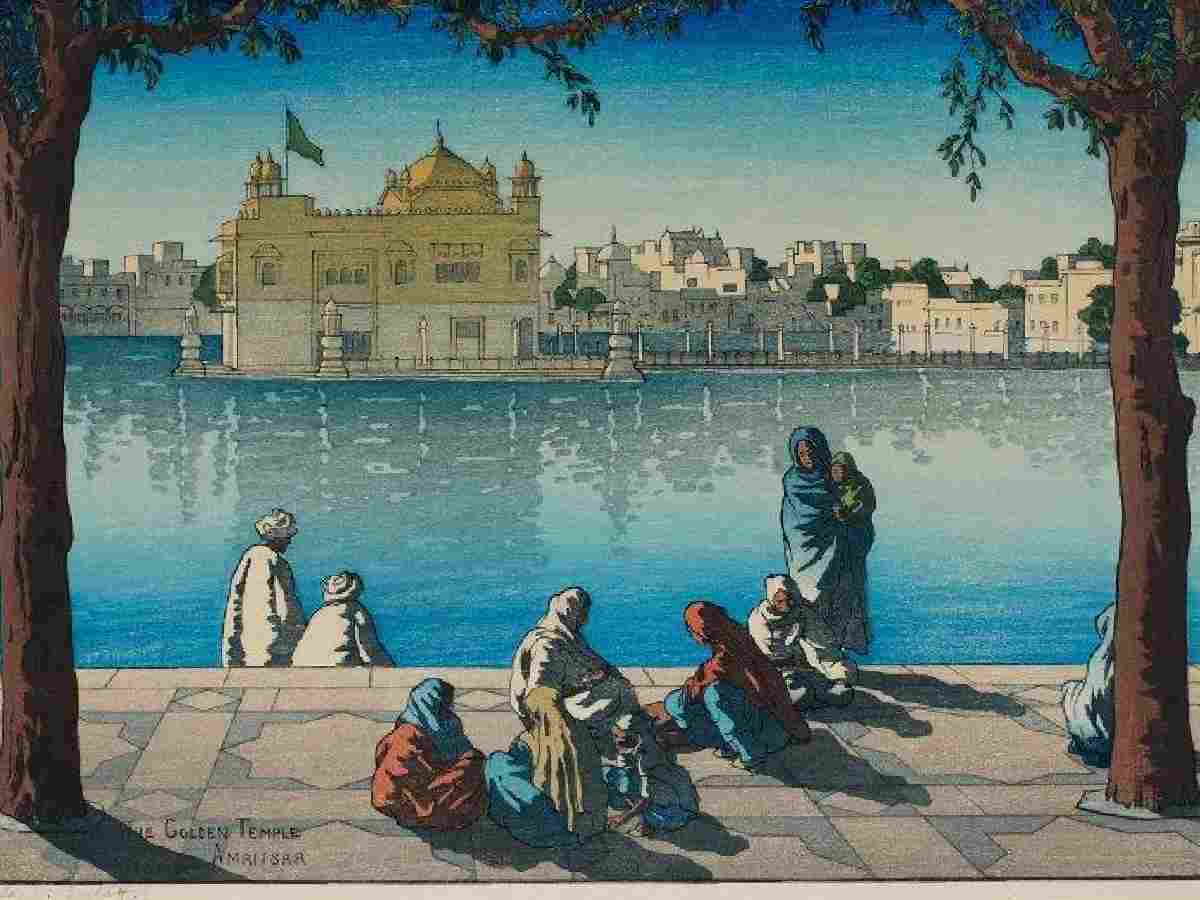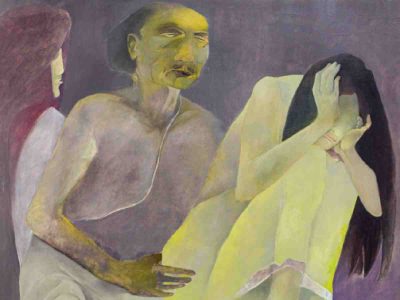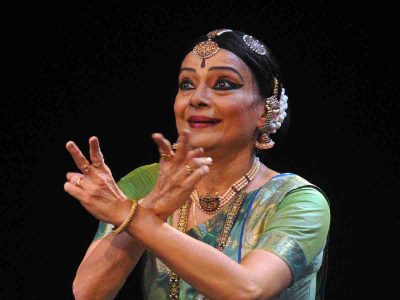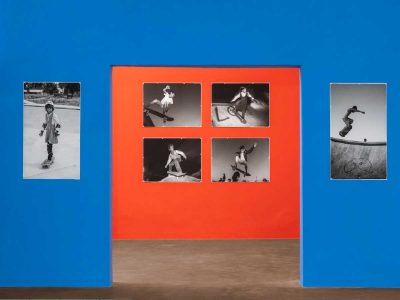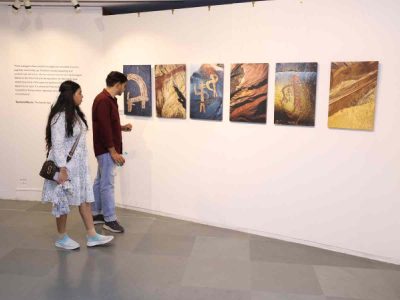A unique exhibition highlighting the works of foreign artists, who visited India between 1857 and 1947, is being held at DAG’s Art Gallery in Janpath.
The exhibition titled, ‘Destination India: Foreign Artists in India – 1 8 5 7 – 1 9 4 7 ’, showcases the contribution of foreign artists who travelled to India from countries like Germany, Holland, Denmark, France, America, Japan, besides Britain between the uprising of 1857 and Independence in 1947.
By focussing on the period between 1857 and 1947, the show uncovers a forgotten archive of painters and printmakers in the fast-changing colonial India, a period when images were being transmitted as picture postcards (from 1880 onwards) and photography had become the dominant medium of documentation.
“With a refreshing and essential turn in the representation of India, the exhibition delves into a less-explored but equally compelling period: the late nineteenth and early twentieth centuries not merely to retrace the steps of those who came before but to explore the intricate perspectives of a new generation of artists who found different nuances and beauty in the Indian subcontinent,” said Giles Tillotson, Senior Vice President of DAG’s Art Gallery.
The exhibition, which commenced on July 13 and will conclude on August 24, breaks new ground by focussing for the first time on this later period of foreign painting in India, and by adding the Indian chapter to the larger story of Orientalist painting.
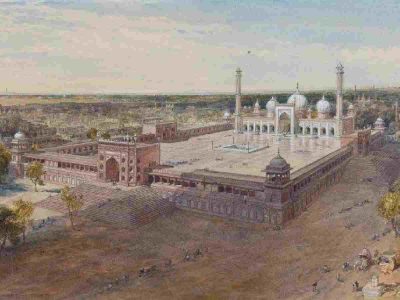
The pioneer artists who visited India in the late eighteenth and early nineteenth centuries sought grand monuments and vast new landscapes as part of an enlightenment-inspired project to investigate India’s civilisations and to expose its historic heritage to the West.
Also Read: Young artists get a platform to connect in Delhi
But orientalist painters from Britain, Germany, Netherlands, Denmark, USA or Japan in the later period depicted the Indian life, streets, routine work, and culture beside monuments.
Starting with Edward Lear, who toured India for over a year between November 1873 and January 1875, the exhibition also features the works of William Simpson, Olinto Ghilardi, Marius Bauer, Erich Kips, Hugo Pederson, Edwin Lord Weeks from America, and Hiroshi Yoshida from Japan.
Taking a fascinating turn in the narrative of foreign representation of India, the artists have painted living India through their works, capturing the daily routines of Indian bazaars, havelis, and ordinary people on the streets.
Their portrayals, though picturesque, offer a more intimate and animated aesthetic of the era.
In this exhibition, one encounters a host of people and places of India, as seen through the eyes of nearly 40 foreign artists.
Serving as a reminder that the advent of new technology did not put an end to older forms of artistic production but encouraged artists into new directions, the exhibition brings artwork back, and on display in the subcontinent.
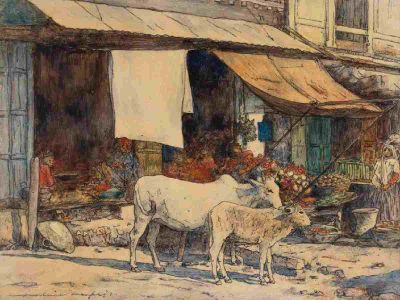
The artists’ work showcases the paintings depicting The Mosque of Aurangzeb, Taj Mahal, Cart in Ahmedabad, Dancing Girl, Maratta Head, Shaivite Ascetic, Pindare Snows from Dakhani Peak, The Donor of Water, Street scene in Madurai, Garden in Kashmir, An Indian Street scene, and others.
Ashish Anand, CEO and MD of DAG said that the focus is often on the pioneers when it comes to the British and other European representations of India.
“The problem with this traditional trajectory is that it overlooks the many interesting artists who visited India from England and other European countries in the late nineteenth and early twentieth centuries. These were conventional artists working in oil and watercolour, and various print media, like the earlier pioneers,” Anand said.
“Some like Mortimer Menpes and Walter Crane produced illustrated books, just as James Prinsep and Robert Grindlay had almost a century earlier. They came to India with a different aesthetic sensibility and with different interests. In their works, we find an India if we can put it this way—that we do not just see, but that we can hear and smell,” he said.
Established in 1993 as an art gallery, DAG has become India’s leading art company with a comprehensive collection starting from the eighteenth century onwards.
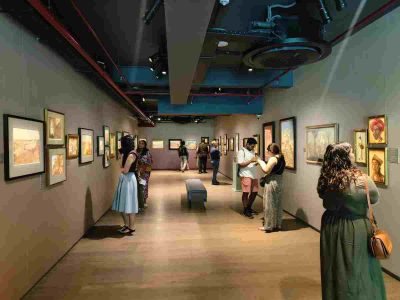
From acknowledging recognised masters to restoring the legacies of generations of artists marginalised over time, from acquiring the custodianship of artists’ studios and estates to bringing back to India from overseas the works associated with Indian art and heritage, DAG has revisited the history of three centuries of the Indian art practice with a repository of artists that, taken together, tell the story of Indian art.
When: July 13-August 24
Where: DAG’s Art Gallery, Janpath

